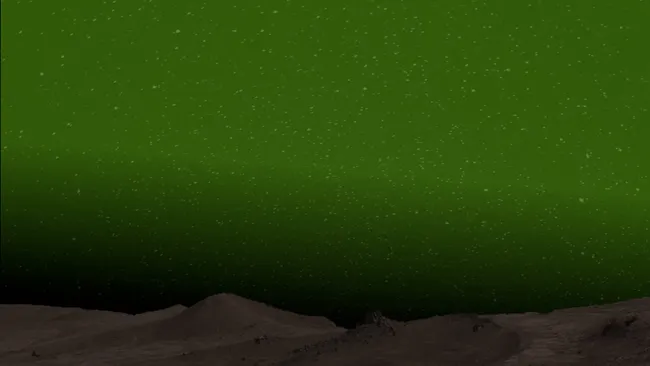For a long time, I used to joke that I couldn't afford writer's block. I began writing professionally when my first child was a baby and I learned to use very small amounts of time. This involved "pre-writing," going over the next scene in my mind (while doing stuff like washing the dishes) until I knew exactly how I wanted it to go; when I'd get a few minutes at the typewriter (no home computers yet), I'd write like mad. I always had a backlog of scenes and stories and whole books, screaming at me to be written. The bottleneck was the time in which to work on them.
I kept writing through all sorts of life events, some happy, others really awful and traumatic. Like many other writers, I used my work as escape, as solace, as a way of working through difficult situations and complex feelings. I shrouded myself with a sense of invulnerability: I could write my way through anything life threw at me!
Unfortunately, I was wrong.
I hit an immovable wall during a PTSD meltdown following the first parole hearing of the man who raped and murdered my mother. For weeks at a time, I battled flashbacks and nightmares. I couldn't eat, I couldn't sleep, and I couldn't stop crying. Also, I couldn't write. That creative paralysis added another dimension to the crisis. If I couldn't write, who was I? Where were my secret worlds, my journeys of spirit and heart where people healed and things got better? Gone...and I didn't know if I'd ever get them back.
I was fortunate to have a lot of help, professional and friendly, during those dark weeks and months, some of it from fellow writers. No pep talks, just friendship, constant and true. Eventually, as I recovered, I was able to return to fiction writing as well, although by then, I found myself a single working mom and had a new set of demands on my time.
Writers stop writing for all kinds of reasons. In my case, it was personal and emotional, part of a larger crisis. Other times, however, the well runs dry when the rest of life is going smoothly. Quite a few years ago, I ran into a writer I greatly admired (at an ABA convention), and I'd not seen anything from this writer in quite a few years. I introduced myself and asked when the next book would be coming out. Only when I saw the change in the writer's expression did I realize how difficult the subject was. I was probably the hundredth person that weekend to ask. (Eventually, this writer came out with several new books; I wonder now if the appearance at the ABA wasn't a way of trying to get the head back into writerly-space.)
Sometimes, a writer feels they've said everything they have to say. Or that one book or one series is it; there are no new worlds begging to be explored. They can rest on their laurels with a feeling of satisfaction and closure. For the rest of us, though, not writing is anywhere from excruciating to devastating.
I think it's not at all helpful to try to "cheer up" a writer in the middle of a dry period. The specific reasons--creative paralysis, personal crisis, discouragement--vary so much. I think it's safe to say that each of us has to find our own way through. For me, it's helped immensely to know I'm not the only one to go through it--and that's the operational term "go through it." Come out the other side. Talk about what happened, in the hopes of being the light in the darkness for someone else.










